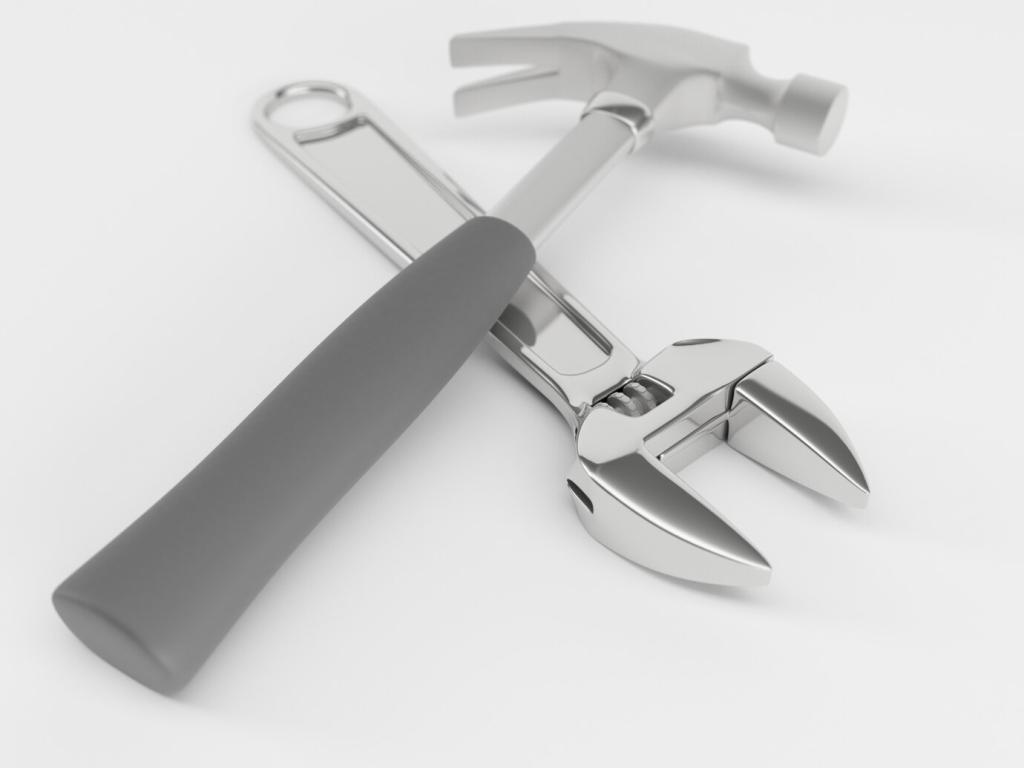Top Digital Tools for Minimalist Environment Creation
Discover the best digital solutions designed to help you craft spaces that reflect simplicity and tranquility. This page explores leading tools that empower artists, architects, and enthusiasts to create minimalist environments, highlighting how technology can streamline your creative process without overwhelming visuals or complex features. Whether you are looking to declutter your digital workflow or achieve an uncluttered aesthetic, these insights will equip you with the knowledge to choose the right applications for your needs.
Blender’s Minimalism-Friendly Features
Blender is renowned for its power and versatility, but it also offers features that make it an excellent choice for minimalist environment creation. With customizable workspaces and the ability to hide or reveal tools as needed, Blender empowers users to tailor the interface to their preferences. By reducing on-screen clutter and emphasizing the 3D viewport, creators can immerse themselves fully in the work at hand. The software’s robust community resources also provide an array of minimalist asset libraries and add-ons, helping users limit distractions during the design process. Moreover, Blender’s focus on non-destructive workflows and streamlined modifiers means designers can experiment freely, supporting the exploration of clean, stress-free environments.
SketchUp’s Simplified Interface
SketchUp has established itself as the go-to 3D modeling tool for beginners and professionals alike, particularly those who appreciate a straightforward approach. The software’s hallmark is its uncluttered interface, allowing users to focus on drawing and editing geometric forms without navigating through excessive menus. SketchUp’s minimalist design ethos extends to its asset library, where users can selectively import only the objects they need for a particular project. Its intuitive push-pull system encourages experimentation while keeping unnecessary features at bay. For those pursuing minimalism, SketchUp’s clear organization and toolset make it simple to design open, peaceful digital spaces.
Rhino’s Parametric Precision
Rhino offers a unique blend of flexibility and precision that appeals greatly to artists and architects seeking a minimalist workflow. With advanced parametric features and a highly customizable workspace, Rhino allows users to minimize interface elements until only the essentials remain. Its capability to manage complex geometries with simple commands ensures that creators spend more time designing and less time managing tools. The software further supports minimalism by integrating with scripting tools like Grasshopper, making it perfect for efficiently generating repeating patterns or serene spatial arrangements. Through Rhino, minimalistic designs are not only achievable—they become the natural outcome of a well-thought-out process.
Visual Composition and Mood Tools
Adobe Photoshop remains one of the most adaptable tools for creating minimalist visual environments. Its workspace customization enables users to remove panels and options, leaving only the essential tools visible. Through features like adjustment layers and smart filters, artists can experiment with subtle gradients, muted palettes, and gentle textures essential to minimalist design. Keyboard shortcuts and personalized toolbars further streamline the process, ensuring focus remains on composition rather than software navigation. Whether refining architectural renderings or editing concept art, Photoshop’s adaptability supports a clarity-driven, purposeful creative journey.

Efficient Rendering Engines
Lumion has carved a niche for itself in the world of fast, high-quality visualization, particularly appealing to those who value minimalism. Its user interface is designed to be immediately accessible, letting you transform 3D models into stunning real-time renders with just a few clicks. The software’s focus on essential rendering features enables users to develop serene environments quickly, experimenting with natural light and subdued materials to achieve their desired effect. Pre-configured style settings and minimalist asset libraries ensure that every scene remains curated and harmonious, aligning perfectly with understated design goals.
